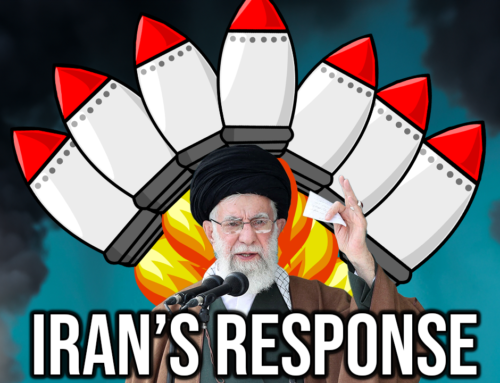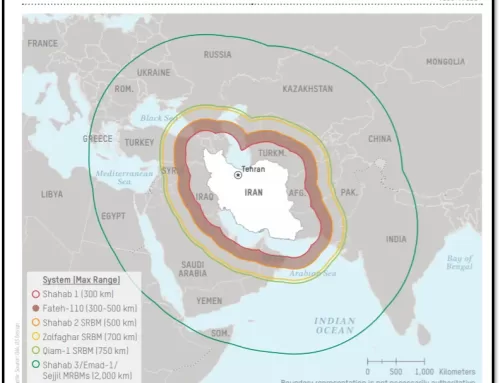httpss://www.youtube.com/watch?v=km5IIapnSLc
MSC Gayane was busted at Packer Marine Terminal in Philadelphia, carrying 17,5 tons of Cocaine worth 1.1 billion dollars.
The Second Mate of the ship, Ivan Durasevic was paid 150k Euros to help  load the cocaine for the job and he had done a previous job for 50k Euros. Forofaavae Tiasaga an able seaman was also arrested as were 4 other crewmen, Bosco Markovic, 37; Alekandar Kavaja, 25; Nenad Ilic, 39; and Laauli Pulu, 32. Tiasaga and Drurasevic failed swab tests on there hands and arms which showed traces of cocaine. The ship arriving from the Bahamas was discovered to have 7 shipping containers concealing cocaine. At least 14 ships were involved in transferring cocaine to the MSC Gayane. The ship took on drug cargo in open waters as it traveled between Central and South America, investigators said they learned from Tiasaga.”The vessel was leaving Peru when Durasevic got a call from the chief officer to come down to the deck. There, he saw nets on the port-side stern by the ship’s crane, according to the affidavit. Durasevic said he and others, some of whom were wearing ski masks, pushed the nets containing blue or black bags with handles toward the ship’s holds.” Between Panama and Chile six boats approached and loaded MSC Gayane with more narcotics. The drugs were wrapped in netting and a crane was used to lift them onto the ship where there were taken below deck and hidden in shipping containers with legitimate goods.
load the cocaine for the job and he had done a previous job for 50k Euros. Forofaavae Tiasaga an able seaman was also arrested as were 4 other crewmen, Bosco Markovic, 37; Alekandar Kavaja, 25; Nenad Ilic, 39; and Laauli Pulu, 32. Tiasaga and Drurasevic failed swab tests on there hands and arms which showed traces of cocaine. The ship arriving from the Bahamas was discovered to have 7 shipping containers concealing cocaine. At least 14 ships were involved in transferring cocaine to the MSC Gayane. The ship took on drug cargo in open waters as it traveled between Central and South America, investigators said they learned from Tiasaga.”The vessel was leaving Peru when Durasevic got a call from the chief officer to come down to the deck. There, he saw nets on the port-side stern by the ship’s crane, according to the affidavit. Durasevic said he and others, some of whom were wearing ski masks, pushed the nets containing blue or black bags with handles toward the ship’s holds.” Between Panama and Chile six boats approached and loaded MSC Gayane with more narcotics. The drugs were wrapped in netting and a crane was used to lift them onto the ship where there were taken below deck and hidden in shipping containers with legitimate goods.
 Last year another MSC ship, the MSC Desiree, also leaving Philadelphia was busted with about 15 million dollars worth of cocaine. The Ship was on its way to Europe from Columbia. The MSC Gayane and MSC Desiree, are both owned and managed by the Norwegian SinOceanic Shipping. “SinOceanic owns container ships which it puts on long-term charters and also operates a ship management firm based in Bermuda. The increasingly compartmentalized nature of shipping makes it a bit easier to understand how crews employed by a third party ship manager might be targets for recruitment by smugglers.”-Rick Spilman
Last year another MSC ship, the MSC Desiree, also leaving Philadelphia was busted with about 15 million dollars worth of cocaine. The Ship was on its way to Europe from Columbia. The MSC Gayane and MSC Desiree, are both owned and managed by the Norwegian SinOceanic Shipping. “SinOceanic owns container ships which it puts on long-term charters and also operates a ship management firm based in Bermuda. The increasingly compartmentalized nature of shipping makes it a bit easier to understand how crews employed by a third party ship manager might be targets for recruitment by smugglers.”-Rick Spilman
The 1,1 billion dollars (street value) worth of cocaine, weighing 35000 pounds is one of the largest drug busts in history. Stacked end to end the bricks of cocaine would span 2.5 miles. Obviously whatever portion of this meant for Philly would need to flow through the established distribution channels. Why an open water transfer was chosen is a mystery. Normally drugs are simply loaded and sealed at port and reopened at the desired destination. Could rival cartels or middle men be trying to cooperate on distribution networks by using the neutral territories of open water? Cartel are very territorial about their ports. In any case is a was a bad move as the state agencies had their suspicions aroused. Air drops via plane into open or shallow waters where land or small boat crews would pick them up were commonly place in the early days of cocaine trafficking. Since then things have become more sophisticated. Major shipping vessels like MSC ships are tracked and one does not just stop for an hour in open waters, without raising eyebrows.







Leave A Comment
You must be logged in to post a comment.